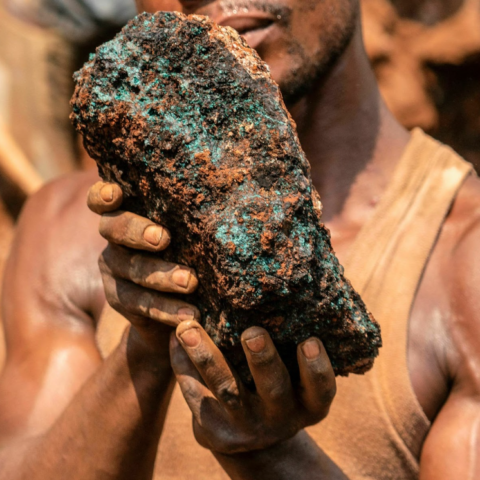By: Emma Thomas

For more than a decade, global superpowers have targeted the Pacific Islands in their race for hegemony. These islands, residing in the ocean between China, Australia, and the United States, are a key asset. Not only are they home to a trove of natural resources, they are geopolitically attractive locations for foreign powers’ military bases. Because of this, China and the United States compete through financial aid to garner the favor—and security agreements—of these island nations. While China has achieved moderate influence in comparison to the U.S., either country stands to take the lead by focusing on a relatively untapped area of investment: climate change prevention projects.
The Pacific Island nations view climate change as their most significant threat. As global warming accelerates, the Pacific Islands suffer the increased effects of natural disasters. In 2022, the island nation of Tonga endured a 33% loss in GDP due to Hunga Tonga-Hunga Ha’apai’s volcanic eruption and subsequent tsunami. Cyclone Pam caused similar devastating effects to Vanuatu in 2015, with further disasters predicted. Moreover, the sea level in this region is rising three times faster than the global average. This will have devastating effects on the Pacific Islands. Their average elevation is less than two meters above sea level, with most of their populations and infrastructure near the coast. Because of this, these nations continue to push for further foreign assistance toward confronting the tragic consequences of climate change. However, their calls for help have gone relatively unheard.
Historically, the U.S. and China have overlooked this Pacific Island policy concern, focusing on funding infrastructure rather than climate change prevention projects. From 2008 to 2021, the two superpowers each composed less than 5% of the Pacific Islands’ development partner financing for climate-focused projects. This, alongside a global failure to meet the Pacific Islands’ environmental financing goals, has left both a significant need and capacity for investment in climate resilience initiatives. The results of past investments suggest that, if China or the U.S. were to provide further aid to address this issue, each country involved might effectively achieve their regional aims.
Namely, China’s moderate success in exerting influence over the Pacific Island nations across the past decade exemplifies the importance of responding to the region’s concerns. China is the largest trading partner for most Pacific countries. Additionally, it began serious investment in 2016, long before the U.S. initiated its own intensive aid program. Although China has failed to maximize climate aid, Pacific nations often view its investments as a way to increase climate resilience. Given this history, in comparison to the U.S., China has more effectively convinced “…Pacific leaders that its interests in the region are broader than shaping the Pacific’s military environment.” This has yielded tangible results. In 2022, China signed a security deal with the Solomon Islands, a major accomplishment far exceeding the United States’ Pacific achievements. While China continues to overlook certain Pacific Islands priorities, its relative success indicates that investments aligning with island concerns lead to advantageous returns.
Following the Solomon Islands security pact, the U.S. seems to have jolted to action, igniting previously dormant engagement with the Pacific region. Secretary Antony Blinken’s 2022 visit to Fiji was the first U.S. Secretary of State appearance in the country in nearly four decades. Months later, the U.S. announced its Pacific Partnership Strategy, pledging $810 million to the Pacific Islands to serve a variety of objectives. This investment, spread over 10 years, designated $130 million for climate resilience projects and indicated a renewed focus on Pacific policy priorities. While not insignificant, this aid remains only a fraction of overall investment, leaving considerable—and critical—room to expand.This growing emphasis on U.S. climate initiatives in the Pacific Islands along with China’s success through the security agreement point to what experts have continuously maintained: superpowers seeking influence in the Pacific must be attentive to their policy concerns. Specifically, interested nations “will have to seriously consider climate change as a key security issue in order to secure cooperation from island partners.” While both China and the U.S. seem to have started along this path, they have failed to aggressively pursue these forms of investment, choosing instead to remain fairly insensitive to Pacific goals. This is a missed opportunity to advance all parties’ interests. Extended climate aid campaigns could address both Pacific environmental concerns and superpowers’ security goals, creating a mutually beneficial relationship. Climate safety is the path to military security: directly addressing Pacific needs would enable investors, like the U.S., to advance their objectives.

